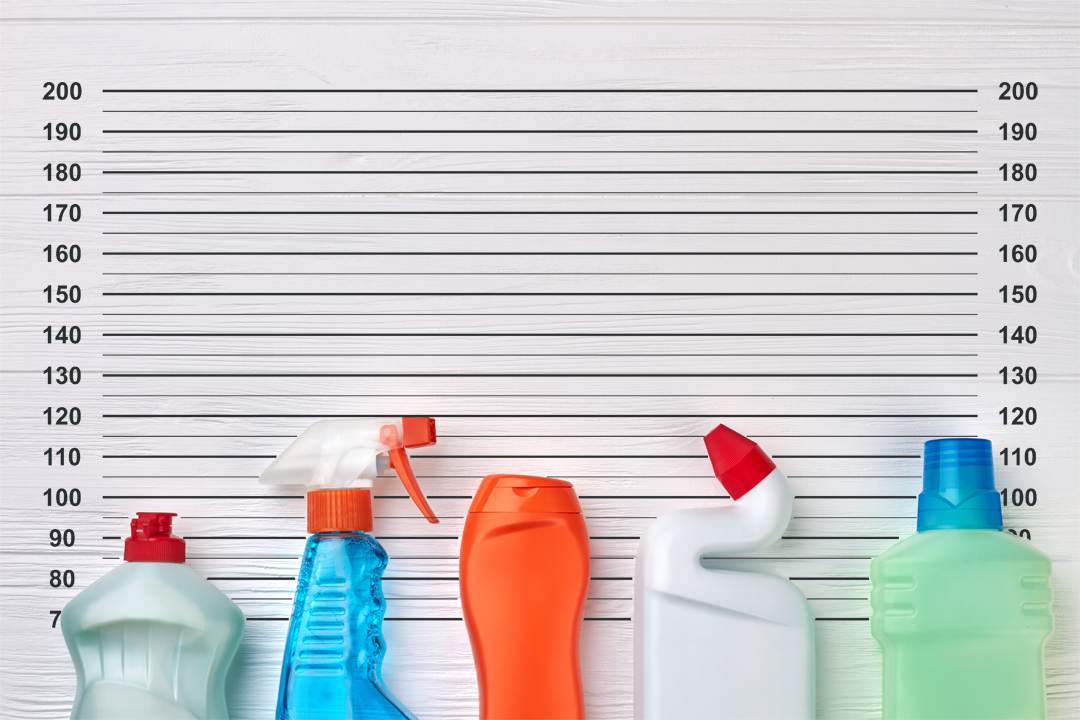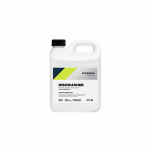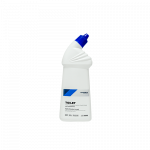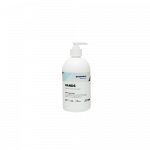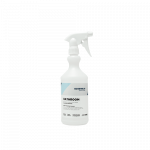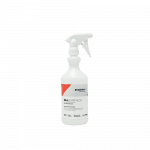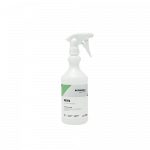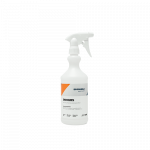If you’ve got a septic, AWTS or greywater system you should already know that using septic safe household cleaning products is an easy, cost-free way to prevent odours and blockages.
By not using conventional chemical based cleaning products you eliminate the leading cause of system failure. Many conventional cleaning products contain strong alkali, acids, disinfectants and antimicrobial elements that kill the beneficial bacteria needed for wastewater systems to function.
So choosing septic safe cleaners seems like a simple choice, yet homeowners are surprised when the septic safe products they use continue to damage their systems.
When septic safe isn’t
Many household cleaners found on supermarket shelves that claim to be septic safe actually contain antibacterial and disinfectant ingredients, phosphates, nitrogen, caustic soda and bleach that will kill the bacteria needed in your system.
With conventional cleaners, the claim ‘septic safe’ usually means that the product won’t damage the physical system, but in many cases they’ll still kill the beneficial bacteria within.
This chemical damage simply isn’t good enough if you depend on your own on-site wastewater system.
Is this really something to worry about?
The impact of using harsh chemical based cleaners isn’t immediate – you’re not going to get a blocked system straight away. But over time the chemicals will kill the bacteria and your system won’t be able to digest waste effectively.
Undigested waste will start to build up faster than it should, which leads to smells, blockages and more frequent pump outs.
It’s not the type of problem that you can see and monitor; by the time you smell something or realise there’s a blockage you’re already in the realm of remediation rather than prevention.
There really is nothing better than preventing the problems from occurring in the first place by swapping to 100% septic safe cleaners.
How to choose septic smart products
Interpreting the labels on cleaning products can be tricky, but there are a few things that are easy to look for. If a product meets the criteria below, you can be confident that it’s smart to use it with your septic.

Natural
Choose cleaning products that are derived from natural ingredients and are unscented or use natural scents.

Non-caustic
Always avoid any household or drain cleaners that contain any caustic ingredients. Common caustic chemicals found in cleaning products are sodium hydroxide, potassium hydroxide, ethylene glycol monobutyl acetate and sodium hypochlorite.

Disinfectant, sodium and bleach free
Septic smart cleaning products shouldn’t contain any disinfectants, sodium or bleach. Many cleaning products will say they’re low in sodium which is a step in the right direction, but the most environmentally responsible products won’t contain any at all. As you already know, any type of bleach is one of the worst things you can put into your wastewater system.

Biodegradable
Only choose cleaning products that use readily biodegradable ingredients, especially surfactants. With products that immediately or eventually go down the drain, biodegradability is critical as these products end up in our waterways. If a product is non-caustic and doesn’t contain any phosphorous, sodium or bleach, its surfactants are the next item to inspect.
This can be difficult to identify as many manufacturers of cleaning products won’t talk about the types of surfactants they use.

Water-based
Water-based cleaning products are safe to use and safe for your system. Caustic and solvent based cleaners should be avoided at all costs.

Septic beneficial
Septic beneficial cleaning products are the smartest to use with your septic. Products in the EcoShield range give your bacteria a boost with the nutrients, minerals and amino acids they need to more effectively digest waste.

